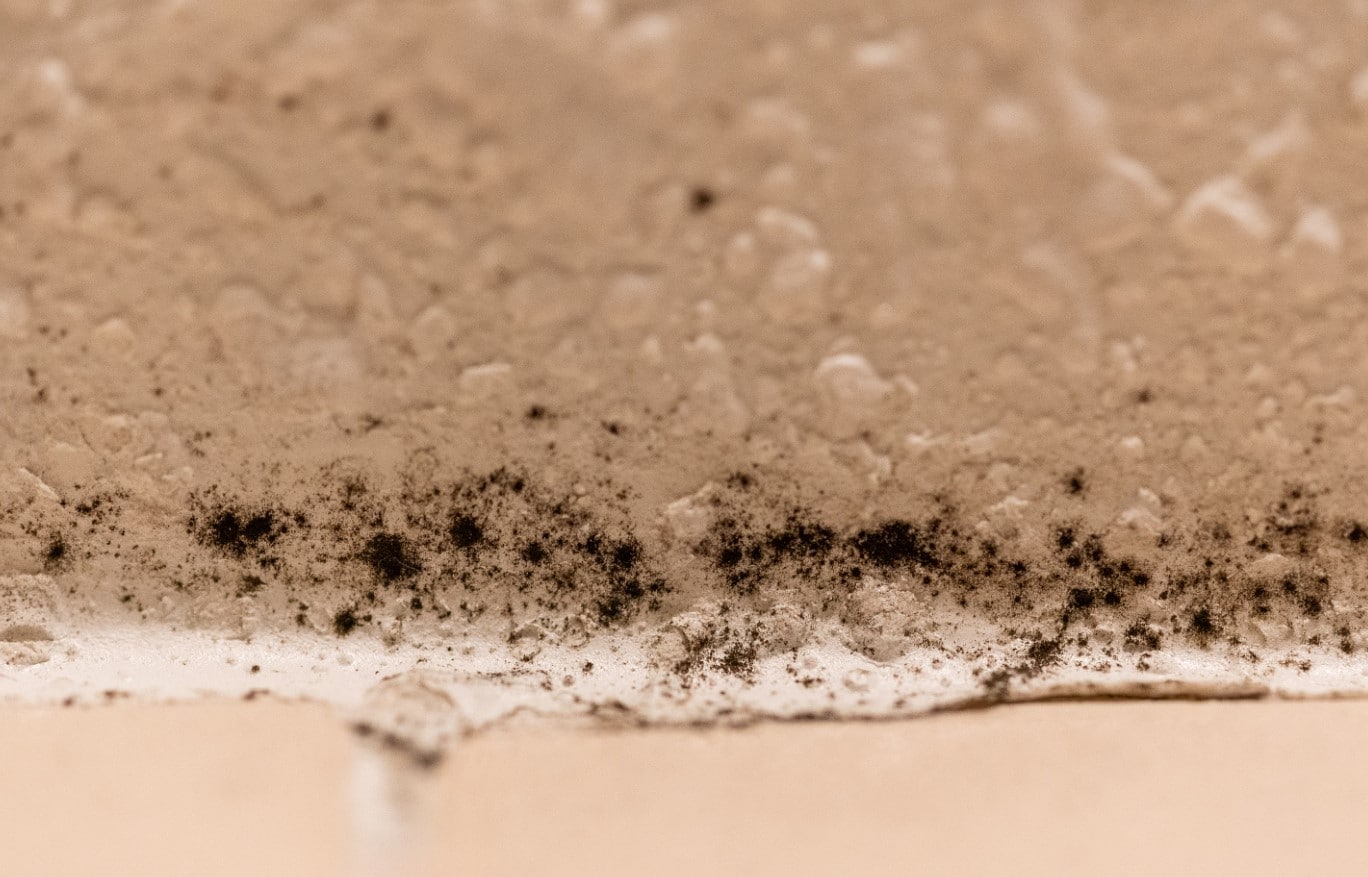What Does Black Mold Look Like? A Comprehensive Guide
Last updated on

What Does Black Mold Look Like? A Comprehensive Guide
Black mold, a common household concern, is often associated with numerous health risks. But what does black mold look like? This article provides a comprehensive guide to help you identify black mold in your home or office.
Identifying Black Mold by Color
Black mold, as the name suggests, is typically dark in color. However, it’s not always just black. It can appear in shades of dark green, dark brown, and sometimes even orange. Interestingly, some black mold may also have flecks of white within it.
Black Mold’s Texture
One of the distinguishing features of black mold is its texture. It can have a slightly furry appearance, giving it a distinctive look compared to other types of mold. In some cases, black mold can have a slimy or fuzzy texture, especially when it’s found in areas with high moisture content.
Black Mold Growth Patterns
Black mold tends to grow in small clusters, often appearing like dark dots on surfaces. These clusters can spread out over a surface like black polka dots or sit close together in a large cluster. This growth pattern is another key characteristic to look out for when identifying black mold.
Black Mold in Damp Areas
Black mold often appears as a black stain on the surfaces of damp areas. These areas include bathrooms, kitchens, laundry rooms, and other rooms that contain a lot of moisture. It’s crucial to regularly check these areas for any signs of black mold.
Black Mold on Walls and Floors
Black mold often looks like a dark or black growth that covers an area or grows as a thick layer on surfaces like walls and floors. It can be greenish-black, further complicating its identification. Regular inspection of walls and floors, especially in damp areas, can help in early detection and removal of black mold.
Conclusion
Identifying black mold can be a challenging task due to its varying colors, textures, and growth patterns. However, knowing what to look for can make the task easier and allow for prompt action to prevent any potential health risks. Remember, regular inspection of your home, especially damp areas, is key to preventing the growth and spread of black mold.
Frequently Asked Questions About Black Mold
Is Black Mold Harmful to Humans?
Yes, black mold is known to be harmful to humans. It can cause a range of health issues, including allergic reactions, respiratory problems, and in severe cases, can lead to serious conditions like chronic lung illnesses.
Is It OK to Be in a House with Black Mold?
No, it’s not safe to live in a house with black mold. Prolonged exposure to black mold can lead to serious health issues. If you suspect the presence of black mold in your house, it’s important to get it inspected and removed as soon as possible.
How Toxic Is Black Mold?
Black mold produces toxins called mycotoxins that can cause health issues when inhaled or ingested. The level of toxicity can vary depending on the individual’s sensitivity, duration of exposure, and the strain of the mold.
What Kills Black Mold?
Various methods can be used to kill black mold, including the use of commercial mold removers, bleach, vinegar, and professional mold remediation services. However, it’s often recommended to seek professional help to ensure the mold is completely removed and to prevent its recurrence.
How and Why Does Black Mold Grow?
Black mold grows in areas with high moisture content, such as bathrooms, kitchens, and laundry rooms. It feeds on organic materials in drywall, carpet, insulation, and sub-flooring that have been exposed to moisture.
What Happens If You Breathe in Black Mold?
Breathing in black mold can cause a variety of health issues, including coughing, wheezing, nasal congestion, throat irritation, and in severe cases, respiratory infections. If you’re experiencing these symptoms and suspect black mold exposure, it’s important to seek medical attention.
References
- Wawanesa Insurance. (2020, May 8). 3 Signs of Black Mold and How to Get Rid of It. [Blog post]. Retrieved from https://www.wawanesa.com/blog/3-signs-of-black-mold
- Bob Vila. (2022, April 6). Solved! What Does Black Mold Look Like? [Blog post]. Retrieved from https://www.bobvila.com/articles/what-does-black-mold-look-like
- Forbes. (2022, September 26). What Does Black Mold Look Like? [Blog post]. Retrieved from https://www.forbes.com/how-to-identify-black-mold
- MoldRemediation.io. (2023). What Does Toxic Black Mold Look Like? [Blog post]. Retrieved from https://moldremediation.io/Blog/Mold-Remediation
- Jenkins Environmental Services. (2022, April 11). How Dangerous is Black Mold and What Can it Do to You? [Blog post]. Retrieved from https://jenkinsenvironmentalservices.com/what-is-black-mold
- Sky Heating & Air Conditioning. (2022, June 13). What does black mold look like? [Blog post]. Retrieved from https://skyheating.com/blog/what-does-black-mold-look-like
Some of the links I post on this site are affiliate links. If you go through them to make a purchase, I will earn a small commission (at no additional cost to you). However, note that I’m recommending these products because of their quality and that I have good experience using them, not because of the commission to be made.

































 JOIN OVER
JOIN OVER
Comments